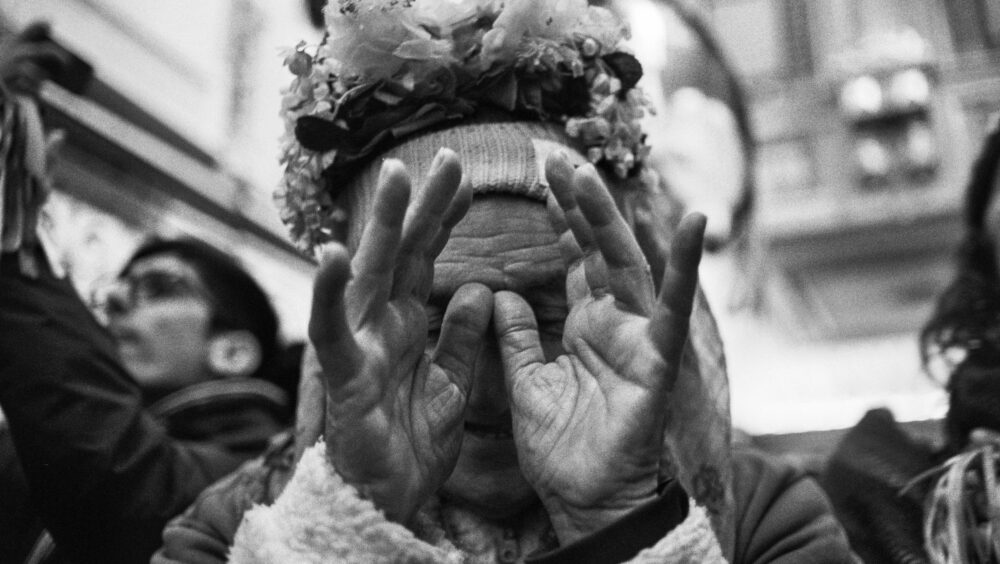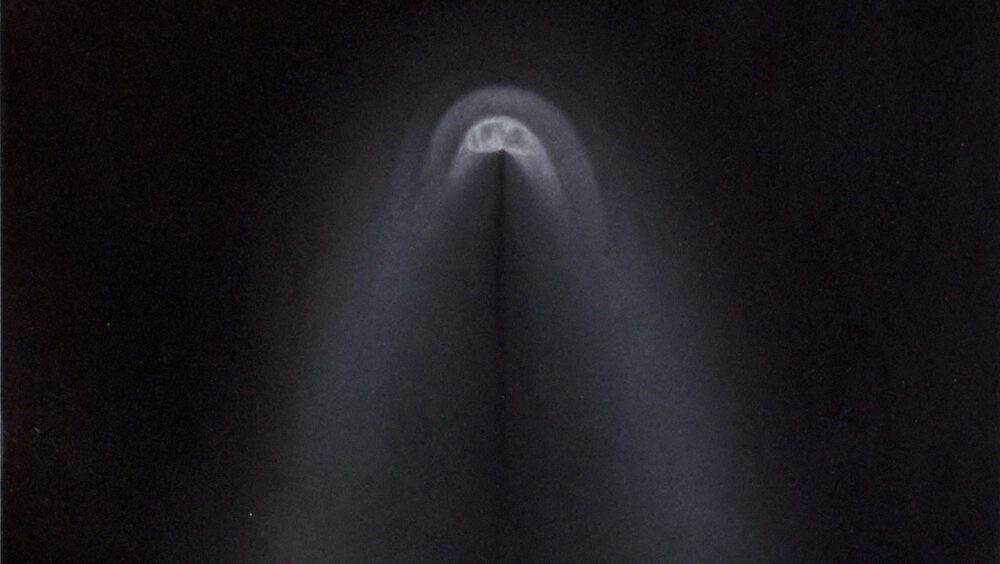
Coliseo
This October and November we inaugurate our new section “Past Present Archive” with two pieces from a not-too-distant past. The first below looks at one of the most iconic buildings in Europe: the Colosseum. In the second half of the 18th century, French jurist Jean-Baptiste Mercier Dupaty described his travels through Italy in a series of letters, collected in a book with the same name. The experience he has of the Roman amphitheatre, one afternoon in 1785, is particularly striking. His solitary exploration, first outside and then inside the building, transforms into a sensory experience stirring the author’s enthusiasm and imagination, revealing an architecture that, whilst being so different from both its past and the one that we see today, somehow happens to greatly resonate with both. Below is an extract from his letter from Rome, which we here present alongside a drawing by Joseph William Turner, created around 35 years later.
I HAVE seen the Coliseo […]
I wandered long around the Coliseo, without venturing, if I may so say, to enter it: my eyes surveyed it with admiration and awe. Not more than one-half of this vast edifice at present is standing; yet the imagination may still add what has been destroyed, and complete the whole. At length, I entered within its precincts. What an astonishing scene! What contrasts!
What a display of ruins, and of all the parts of the monument, of every form, every age, and, as I may say, every year, some bearing the marks of the hand of time, and others of the hand of the barbarian; these crumbled down yesterday, those a few days before, a great number on the point of falling, and some, in short, which are falling from one moment to another.
Here we see a tottering portico, there a falling entablament, and further on, a seat: while in the meanwhile, the ivy, the bramble, the moss, and various plants, creep amongst these ruins, grow, and insinuate themselves, and taking root in the cement, are continually detaching, separating, and reducing to powder these enormous masses; the work of ages, piled on each other by the will of an emperor, and the labour of a hundred thousand slaves.
There was it then that gladiators, martyrs, and slaves combated on the Roman festivals, only to make the blood circulate a little quicker in the veins of a hundred thousand idle spectators. I thought I still heard the roaring of the lions, the sighs of the dying, the voice of the executioners, and what would strike my car with still greater horror, the applauses of the Romans.
I thought I heard them, by these applauses, encouraging and demanding carnage; the men requiring still more blood from the combatants; and the women, more mercy for the dying. I imagined I beheld one of these women, young and beautiful, on the fall of a gladiator, rise from her seat, and with an eye which had just caressed a lover, welcome, or repel, find fault with, or applaud the last sigh of the vanquished, as if the had paid for it. How ferocious was the very indolence of the Romans! It could find no amusement but in blood.
The idea of the conquest of the world had so excited the sensibility of the Romans, as to force it beyond the bounds of nature and humanity: insomuch that at last it could no longer find emotions powerful enough, but in the conquests of kingdoms, the combats of gladiators and of lions, colossal and golden statues, and the atrocious cruelties of Neros and Caligulas.
But what a change has taken place in this Arena! In the middle stands a crucifix, and all around this crucifix, at equal distances, fourteen altars, consecrated to different saints, are erected on the dens which once contained the wild beasts. Here, almost every day, monks deal out sermons, and hold their brotherhoods. The Coliseo was daily hastening to destruction; the stones were carrying off, and it was constantly disfigured, and made the receptacle of filth, when Benedict XIV. conceived the idea of saving this noble monument by consecrating it; by defending it with altars, and protecting it with indulgences.
These walls, these columns, and these porticoes have now no other support but the names of those very martyrs with whose blood they were formerly stained. I walked through every part of the Coliseo; I ascended into all its different stories; and sat down in the box of the emperors. I shall long remember the silence and solitude that reigned through these galleries, along these ranges of seats, and under these vaulted porticoes, I stopped from time to time to listen to the echo of my feet in walking.
I was delighted too with attending to a certain faint rustling, more sensible to the soul than to the ear, occasioned by the hand of time, which is continually at work and undermining the Coliseo, on every side. What pleasure did I not enjoy too, in observing how the day gradually retired, and the night as gradually advanced over the arcades, spreading her lengthening shadows.
By the last glimmerings of day, intermingled with the first shades of night, I perceived, on a sudden, a young woman crossing the Coliseo. She was handsome, and gracefully dressed! Her hair and drapery were gently agitated by the breeze. With one hand she was holding to her bosom a little infant; in the other, the carried a bunch of roses; and, on her head, a basket of strawberries. I no longer saw the Coliseo. Recovering from this night agitation, I descended into the Arena.
My eyes long endeavoured to snatch these picturesque ruins from the darkness of the evening. They were fixed on that solitary stone which rears up its head the highest, and on which the last ray of the sun was expiring At length I was obliged to retire, with my mind, however, filled with and absorbed in a thousand ideas, a thousand sensations, which can only arise among these ruins, and which these ruins in some degree inspire.
Recent articles

Between the areas of Spitalfields and Aldgate in east London, where Middlesex and Wentworth Streets converge to form Petticoat Lane, lies a stretch of market stalls selling clothes, street food and everyday goods. This very space became the setting for a short workshop on place-writing, held in October 2023 by… Read more »

Every February in Southern Italy, the LGBTQ+ community gathers for a religious event at the Sanctuary of Montevergine in Mercogliano, a small village nestled in the hills of Irpinia. The group collectively enters trance-like states which celebrate “Mama”, a local medieval black Madonna who is believed to protect the marginalised…. Read more »

The question whether comets are habitable, and how their potential inhabitants would endure such unforgiving characteristics, was seriously considered by early modern speculators on extraterrestrial life. First published in French in 1875, this extract from Amédée Guillemin’s book “The World of Comets” (Les Comètes) summarises a few of those views,… Read more »

